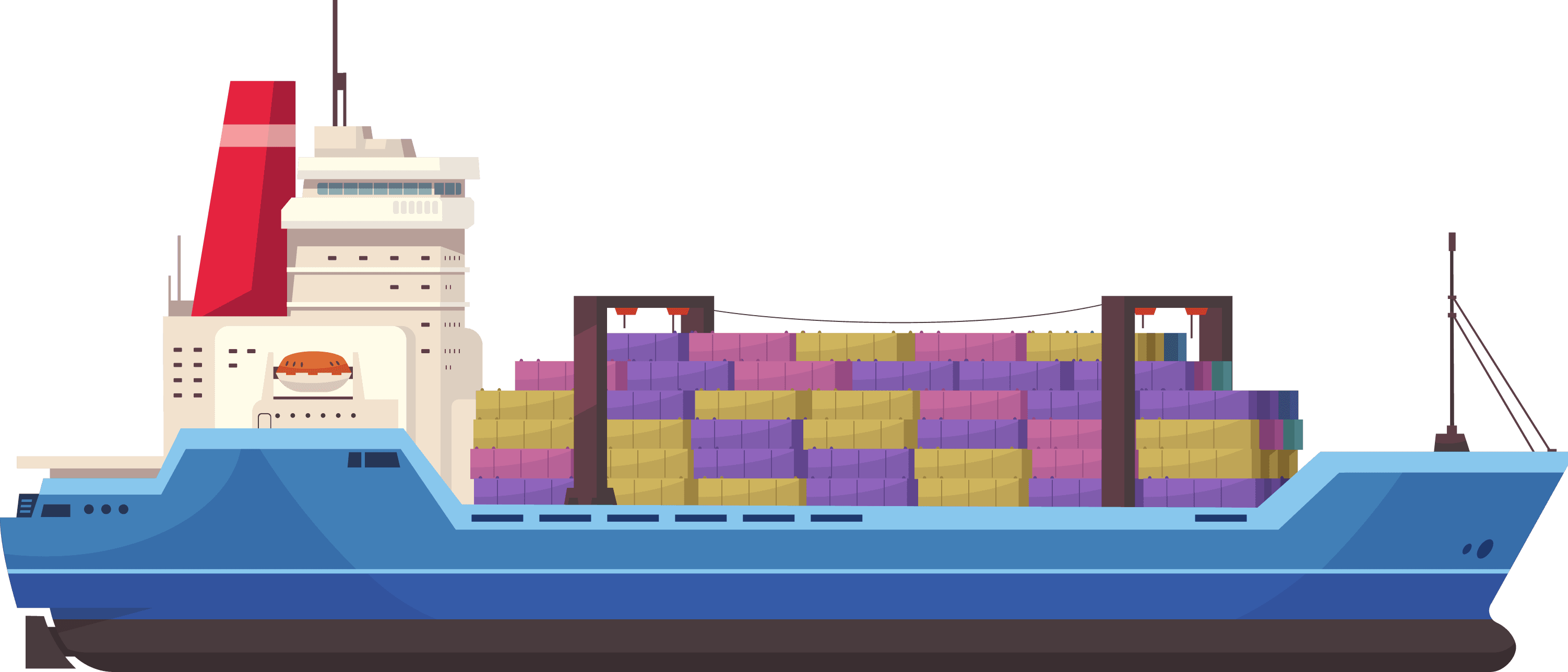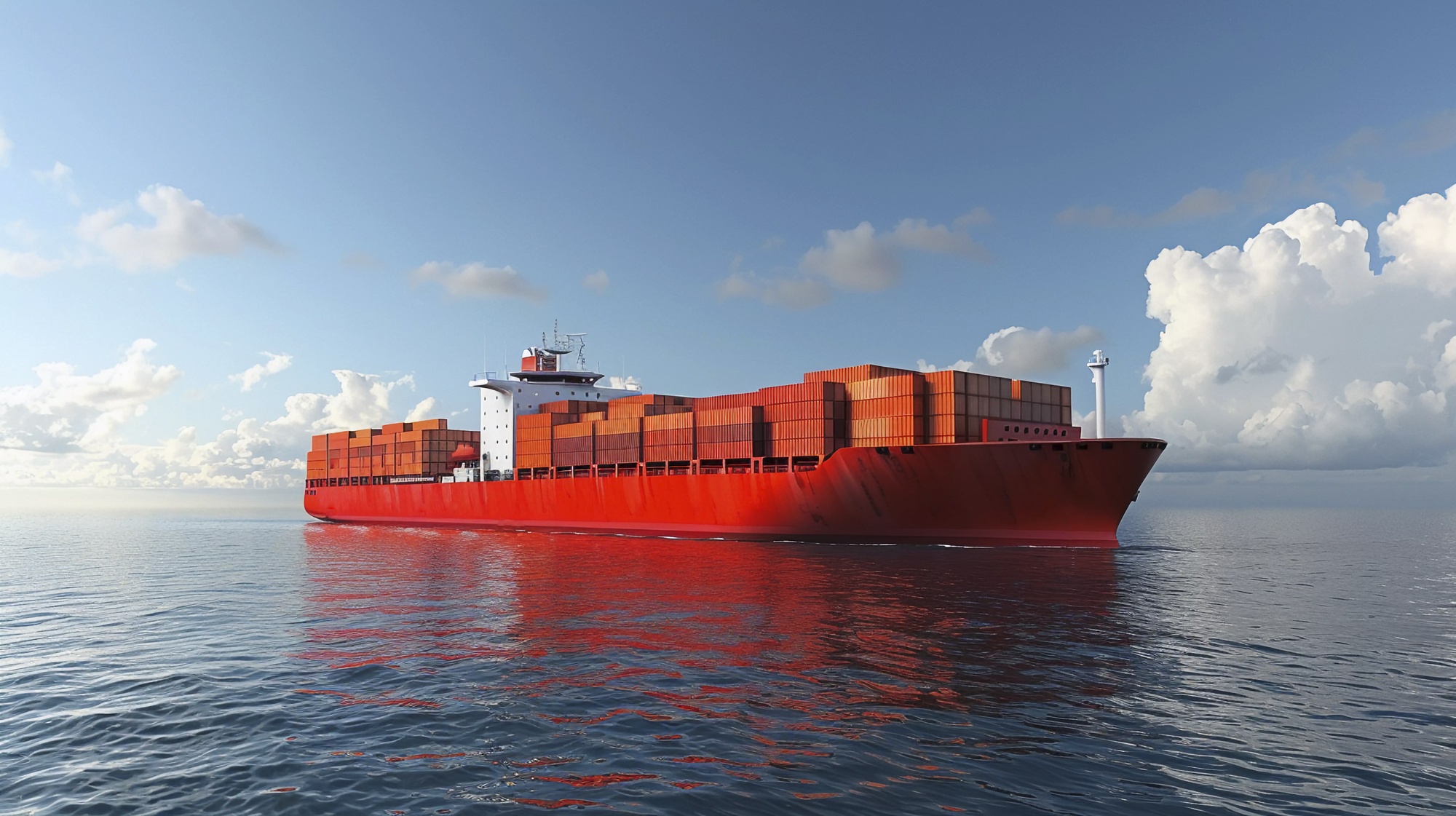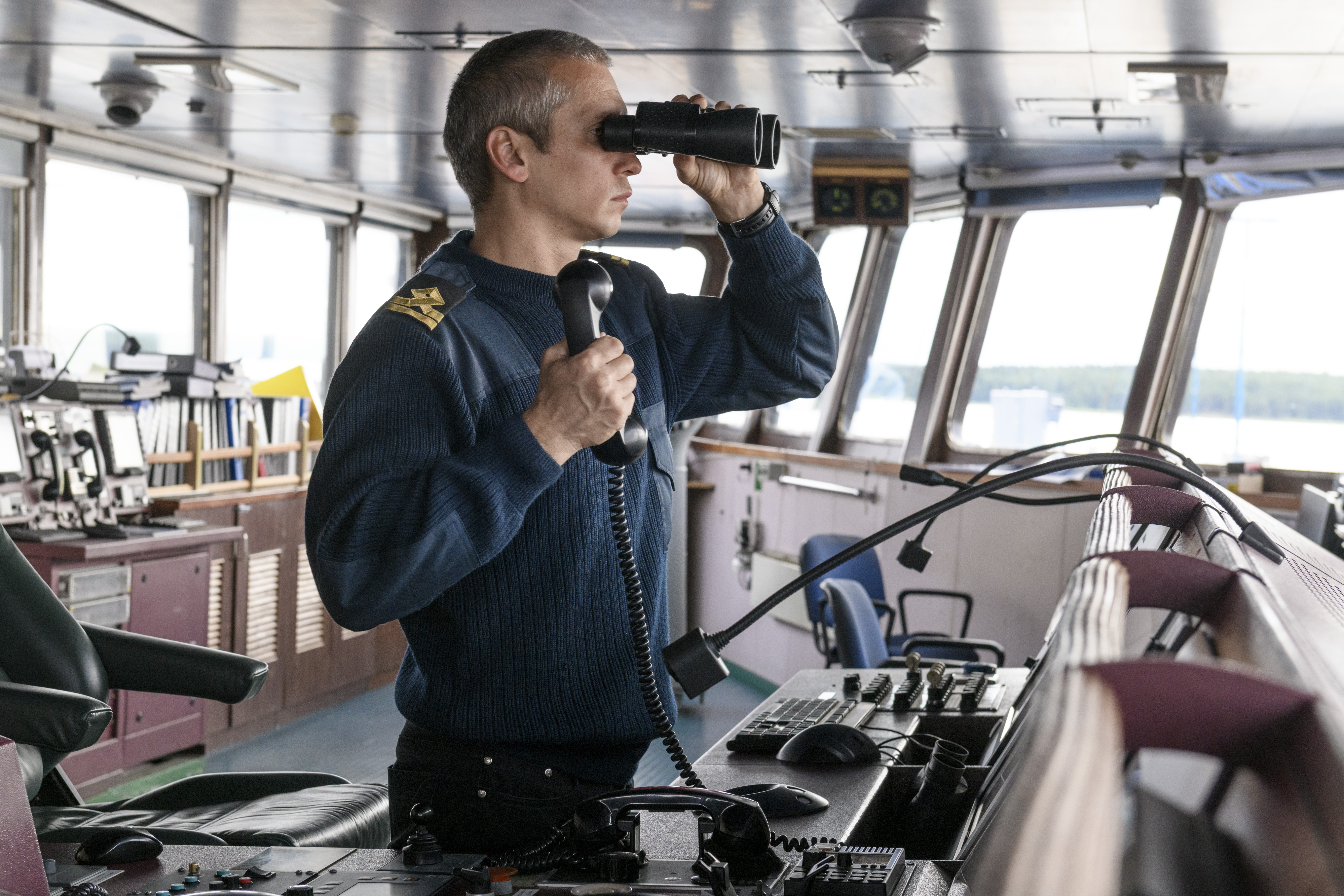Automatic translation
The life cycle of each vessel begins with its construction and continues with registration. In different countries, this procedure can be both extremely simple and extremely complex. This largely depends on the legal norms adopted in this state, as well as whether this state is a so-called "convenient" flag. Vessel registration Port of Registry, or port of registration, is a port, sea or river, where the vessel was registered and entered in the ship register. The flag on the stern of each vessel indicates the state where, in accordance with all its norms and rules of maritime navigation, this vessel was registered. One of the important requirements is compliance with the requirements for the safety of navigation and environmental protection of the International Maritime Organization (IMO). The State under whose flag the ship is sailing controls and is responsible for it in international waters. Shipowners have no restrictions on the choice of a ship registrar. Therefore, he has the right to choose at his own discretion both the home port and the flag of the vessel. The most common choice is flags of convenience and ports. This is due to the lightened tax legislation and crew hiring regulations. In addition, the so-called "white lists of flags" and "flags of non-compliance" have been adopted in maritime practice. The “white” list includes those states-registrars whose reputation has already been repeatedly proven in solving certain issues related to the control of their ships and ensuring the safety of marine resources. In addition, white registrars provide comprehensive legal, technical and administrative support to all controlled courts. The compilation and adjustment of the white list is carried out in accordance with the accepted norms described in the "Memorandum of Understanding on Port State Control". The list of “flags of non-compliance” includes those states-registrars that have committed violations of the norms of international maritime navigation. Most often this is due to an inappropriate attitude towards ensuring safety standards on ships carrying dangerous goods. The damage to the environment leads to the fact that such states are beginning to come under strong pressure from human rights organizations, supporters of the struggle for the ecology of marine resources. The presence of the registrar on the white list is a kind of guarantee that all generally accepted safety standards and norms will be observed on this vessel. In addition, the conditions for flag registration will exactly match the requirements of all major registries, including SOLAS, MARPOL, MLC 2006, COLREG, STCW and others. Choosing a registrar Also, you should pay attention to some of the nuances associated with choosing a registrar. For example, if a ship belongs to a company that was itself registered in an offshore territory, and there is also a registrar in this territory, then it will be easier for shipowners to register a new ship with him. This largely saves money, since the shipowners will not have to pay for the services of an intermediary representing their interests in another country. To summarize: the port of registration of the vessel, like the flag under which it embarks on a voyage, is not some kind of distinctive feature. More often than not, large ship-owning companies opt for flags and ports of convenience in order to obtain certain benefits that increase profits or reduce costs. Therefore, it makes little sense to pay attention to these indicators.




